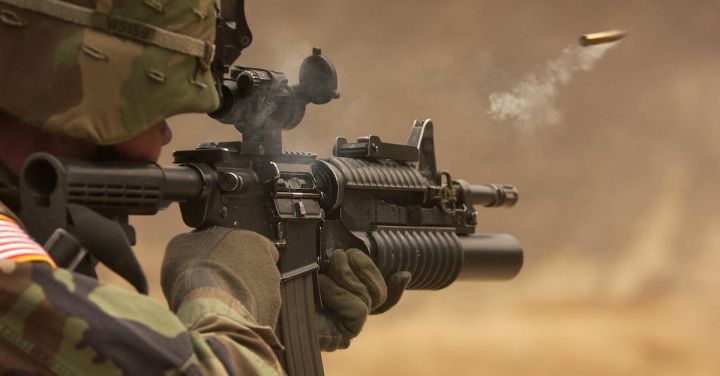The American Civil War was a pivotal moment in the history of the United States. It was a time of great conflict, both on the battlefield and within the nation itself. One aspect that often goes overlooked is the role that railways played in this era of warfare. Railways were not only essential for the transportation of troops and supplies, but they also became targets for destruction by opposing forces.
Railways played a crucial role in the movement of troops during the Civil War. Prior to the war, railroads were expanding across the country, connecting major cities and regions. This network of railways provided a quick and efficient means of transporting soldiers to the front lines. Troop trains would transport soldiers from their hometowns to the nearest railhead, where they would then be transported to the battlefield. This allowed for the rapid deployment of troops, giving one side an advantage over the other.
The railways were also vital for the transportation of supplies. During the Civil War, armies relied heavily on a constant supply of food, ammunition, and medical supplies. The railways provided a means of transporting these necessities from the factories and farms to the soldiers on the front lines. Without the railways, it would have been nearly impossible to sustain such large armies for an extended period of time.
However, as the importance of railways grew, so did their vulnerability. Both the Union and Confederate forces recognized the strategic value of railways and sought to disrupt their operations. Destroying railway lines became a common tactic employed by both sides. This would effectively cut off the enemy’s supply lines and cripple their ability to transport troops and supplies.
The destruction of railways was often carried out through raids and sabotage. Specialized units, known as “railroad raiders,” were trained to target and destroy railway infrastructure. These raiders would sabotage railway tracks, bridges, and tunnels, making them impassable. They would also engage in acts of arson, setting fire to railway stations and rolling stock. By disrupting the railways, they could effectively cripple the enemy’s ability to wage war.
The railways themselves were not the only targets of destruction. Trains carrying troops and supplies were also vulnerable to attack. Ambushes were often staged along railway lines, with troops lying in wait to attack passing trains. These attacks were intended to not only disrupt the enemy’s supply lines but also to demoralize their troops. The destruction of a train carrying supplies or reinforcements could have a significant impact on the outcome of a battle.
The Civil War marked a turning point in the use of railways for warfare. It demonstrated the vulnerability of railways to attack and highlighted their importance in modern warfare. The tactics employed during the Civil War would go on to influence future conflicts, as railways continued to play a vital role in the transportation of troops and supplies.
In conclusion, the Civil War was a time of great upheaval and conflict in the United States. One aspect that is often overlooked is the role that railways played in this era of warfare. Railways were essential for the transportation of troops and supplies, but they were also vulnerable to attack and destruction. The destruction of railways became a common tactic employed by both the Union and Confederate forces. The Civil War marked a turning point in the use of railways for warfare and demonstrated their vulnerability to attack.
